In It for the Long Run: A Series of Interviews and Photographs with Dancers over Fifty
By Emmaly Wiederholt; Photographs by Gregory Bartning
Mrs. Lucy Hayden was an old woman whose body constantly trembled. She owned my first dance school, Hayden School of Ballet, until I was in my mid-teens when she sold it to one of the teachers. By the time I was a senior in high-school she was in a nursing home, and during my first year of college she passed away.
One day when I was thirteen or fourteen, Mrs. Hayden taught my ballet class. This was the only time I recall her teaching me, but I remember her coming to life. Motion overflowed her frail frame as she slowly demonstrated the steps.
That day I saw Mrs. Hayden for the dancer she had always been.
While it certainly started with Mrs. Hayden, my love of older dancers grew after seeing Eiko and Koma perform in March of 2012. The legendary Butoh duo performed Night Tide (1984) as part of the Retrospective Project of their forty-year career together. The piece depicts two mountains that make love in the middle of the night and have to return home by morning. Essentially all they do is roll across the stage toward one another and then roll back again, but I sat perched on the edge of my seat holding my breath the entire performance.
That night on the bus ride home I scrawled in my notebook, trying to find the words to describe why their performance had been so powerful. When so much dance is dominated by bravado and tricks, what had made Eiko and Koma so compelling? What transcendence had they brought to the stage that night that I couldn’t accurately define but viscerally felt?
I was describing Eiko and Koma’s performance to my good friends Jessa Freeman and her husband Gregory Bartning this past April. By then I had cemented for myself why the performance had been so powerful: older dancers have more life experiences, and these experiences are revealed in the presence they bring to the stage. They no longer need to prove themselves. They are simply dancing.
Gregory, a successful photographer, called me up the next week. “Let’s do a project together. Why don’t you interview older dancers, and I’ll photograph them?” I agreed.
Frank Shawl and Virginia Matthews
Gregory and I have had the incredible honor of interviewing and photographing ten older dancers around the San Francisco Bay Area. These interviews and photographs will be featured on Stance on Dance over the next two months. The dancers are Frank Shawl, Virginia Matthews, Kim Epifano, Bonnie Lewkowicz, Enrico Labayen, Randee Paufve, Lizz Roman, Cathleen McCarthy, Nina Haft and Anna Halprin. They range in age from just over fifty to ninety-three. Our criteria was only that the person had to be over fifty and still had to dance in some capacity. This is by no means a comprehensive list of dancers over fifty in the Bay Area. Rather, this series is simply meant to be a representation.
Kim Epifano and Bonnie Lewkowicz
The stories and perspectives these dancers share serve as an important reminder that dance is not an acrobatic sport to be discarded when the body begins to lose agility. Dance is much deeper. As Anna Halprin told me, “Dance is a way of life, a cultural expression, a part of community, something related to life itself.”
Enrico Labayen and Randee Paufve
Gregory asked me after our last interview how long I was going to dance. I didn’t hesitate: “I’m a lifer.” Even if my final stage is an armchair in a nursing home, I know enough by now to know that that’s part of life’s dance.
Lizz Roman and Cathleen McCarthy
Gregory and I will eventually expand this project up and down the West Coast. We hope to document the histories and legacies of older dancers in order to broaden stereotypes about who dancers are and to inform the next generation about the fulfillment that can be achieved through a lifetime of dancing.
This project is dedicated to Mrs. Lucy Hayden. Thank you for showing me early on that a body doesn’t need to be young to overflow with movement.

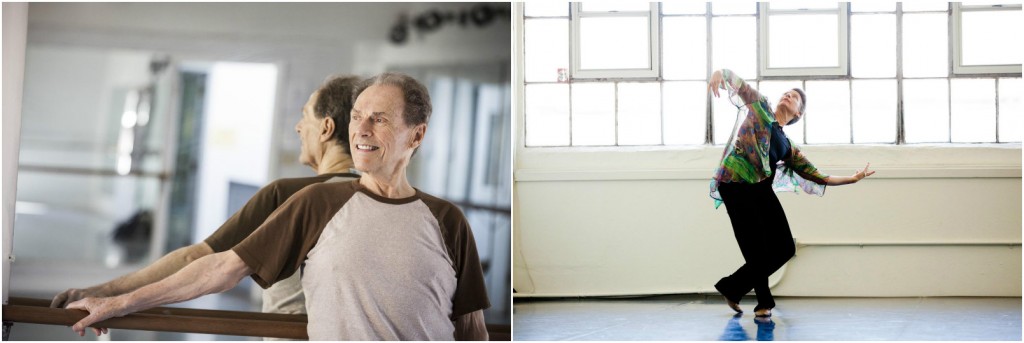
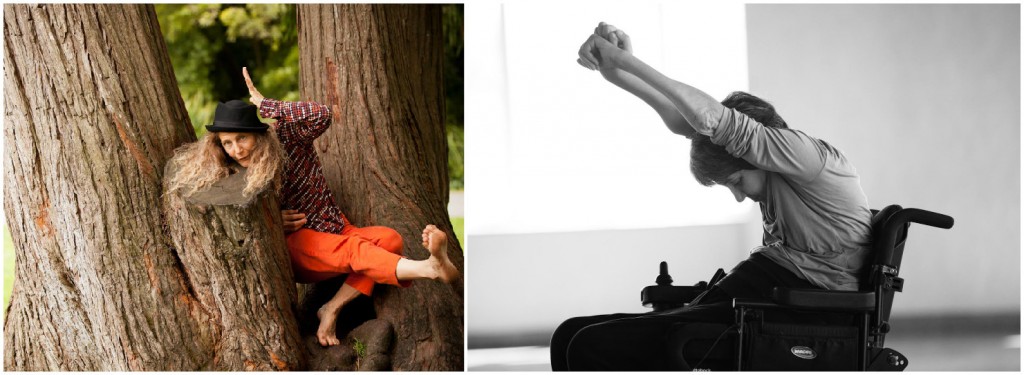
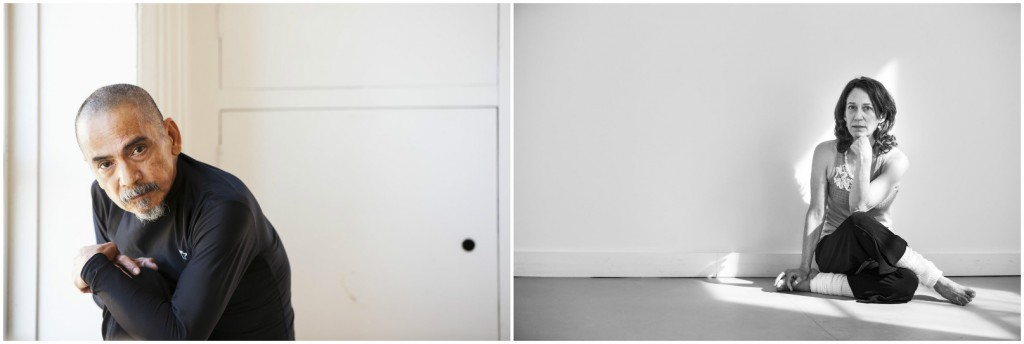
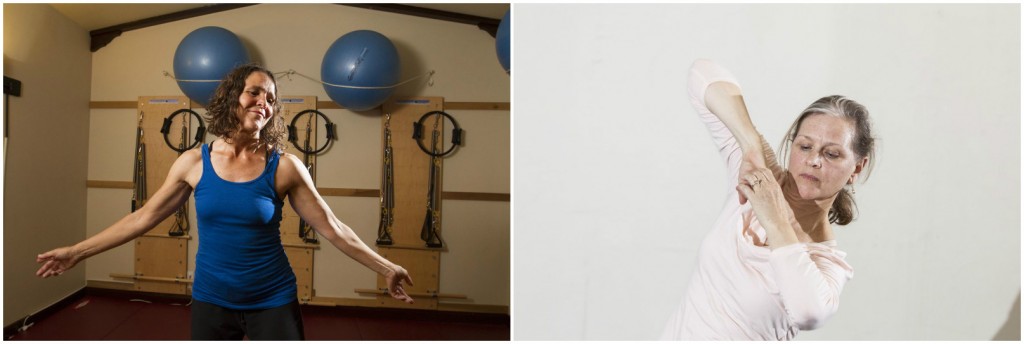
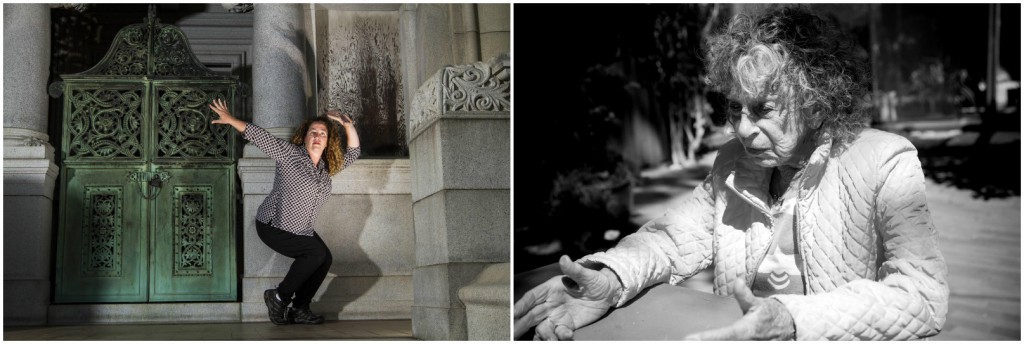
6 Responses to “In It for the Long Run: A Series of Interviews and Photographs with Dancers over Fifty”
Thanks for getting in touch Jeff. The interviews were all conducted with a recorder, but are all going to appear in print. I’d have to check with Gregory about donating the interviews, but yes, we’d potentially be interested. Thanks again! -Emmaly
Thank you Grace!
Thank you Clare! Yes, we hope this project will grow!
so lovely to see them all, I am another one, just across the pond, but such fond memories of dancing in San Francisco . I think you could have a huge project on your hands!
emmaly, i hope you’ll consider donating copies of the interviews (audio,video, print, etc.) and photos to the museum of performance and design in san francisco. i started legacy, an oral history project for dancers, 25 years ago in 1988. legacy started because of the AIDS epidemic, but expanded quickly to include elders. we have about 80+ interviews, including anna halprin and frank shawl, but i’m glad you’re catching up with several dancers we have not interviewed (many of whom are friends of mine!). i’m not sure you are doing oral history methodology exactly, but, not to worry, the museum has a general sound archives and your efforts would be welcome to expand their collection and recognize dance documentation as important. if you have questions, let me know. jeff
What a beautiful and inspiring topic to explore. Kudos to you and I’m excited to read the interviews.
Comments are closed.